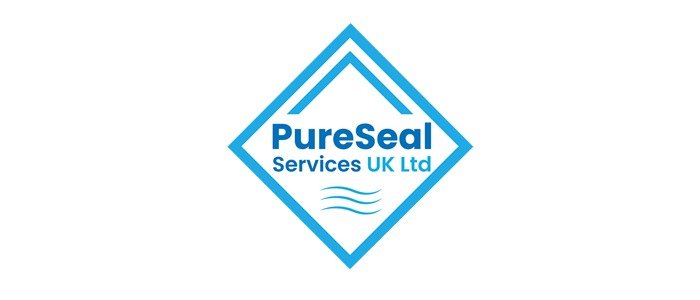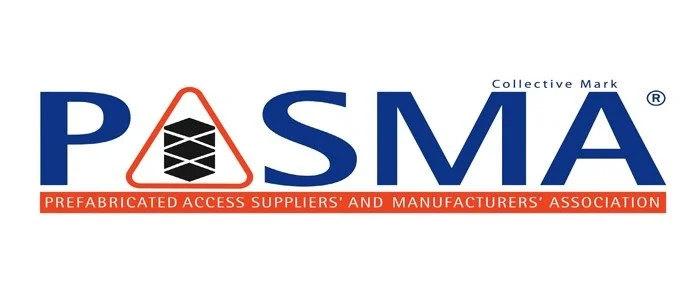Roof Cleaning and Moss removal Monmouth, Wales
A Common Question – “Why is it Only Recently That Roof Moss Has Become a Problem?”
During the last 50 years, the UK and indeed most of Europe, has transitioned from an industrial economy to a services and commerce based society.
With fewer factories and power stations pumping out harmful and toxic chemicals into the environment, our rainfall is now much less acidic than in the past.
Those of you who are old enough may remember the dire government warnings about acidic rain from back in the 1980’s.
Here is a press release about how acidic rain has almost been completely eradicated in the UK over the last 20 years:
Read: Acidic Rain 20 Years On (UK Government Press Release)
What some of you may not be aware of is how sensitive moss, algae and lichen are to acidic rain.
Even the slightest increase in the acidity level of rainwater is enough to kill off and prevent mosses and algae from forming.
Those of us who have been in the roofing industry long enough have experienced this first hand.
Back in the early 1990’s very few customers needed their roofs cleared of moss or cleaned using power washing equipment.
Nowadays some roofing firms get more phone calls about roof moss then anything else.
In fact, an entirely new industry has been created – the roof cleaning/coating industry – which never existed previously as there was very little moss/algae growing on roofs.
Go check out old photos of houses from pre-1980’s, very few will have any significant moss growth on the roof tiles. The same houses today will probably be experiencing at least some growth.
The current roof moss epidemic is a direct result of the cleaner air we now enjoy in western Europe.
Will Moss Damage My Roof?
There are many different materials that are used in the construction of a roof and some will be affected by moss growth while others won’t.
Here is a checklist detailing what is and isn’t damaged by moss growth:
Concrete tiles – No, except for a few corner cases, which are often due to the poor manufacturing techniques of older tiles. Air bubbles, small stones, sand bubbles and other objects in the cement mixture can create small holes that expand over time. Moss may grow in these holes, but it isn’t the cause of the hole. Tile imperfections are less common with newer tiles made to western standards.
Clay tiles – Yes, especially on shallow roofs. These tiles can delaminate if they get wet and then freeze, hence why clay tiles are best laid to steep roofs and kept clear of moss – so they can fully dry out.
WHY CHOOSE US?
5 Million pounds public liability insurance
Background checked staff (DBS)
Uniformed Staff
IPAF / MEWPs Trained Operatives
PASMA trained Operatives
Working at Height Trained
Algoclear Products Used
GET A FREE QUOTE
Slates – No, not affected.
Cement – Yes, dusty, flaky and “weak” cement can be ruined by excessive moss growth.
Gutters and rainwater pipes – Yes, they can become blocked. Also, thin plastic guttering may bend, warp or snap at the brackets due to the extra weight of excessive moss, hence why gutters should be cleared frequently.Chimney brickwork – Yes, it gets into the cement cap and between the bricks, leading to moisture ingress, when that freezes, it expands and causes cracks or damage.
Lead/Leadwork – No, this isn’t damaged by moss growth on the roof.
Is the extra weight of moss a problem on the roof? – No, this is a common claim made by some roofing and roof cleaning firms. They suggest that because wet moss is heavy, it could buckle, bow or collapse your roof. In fact, even excessive moss growth is spread so thinly over the roof that no single point or rafter ever exceeds its load capacity. Roofs are designed to hold several feet of heavy wet snow for prolonged periods of time and to hold firm against sustained gusts of wind without collapsing inwards. Thin plastic gutters may be damaged by too much moss in them though (they warp, bend or snap at the brackets).
The Best Way to Remove Roof Moss
There are two practical options you have available.
Both involve going onto the roof so these should be carried out by competent and experienced persons only:
have the moss removed by scrapers and brushes
have the roof power washed
With both methods, it’s very likely that you’ll come across some remedial work that needs to be completed.
This is usually replacing broken or chipped tiles, cement repairs and unblocking rainwater pipes etc.
Both methods are very effective at removing the moss.
If you want to have your roof re-coloured, coated or sealed, then we suggest you clean it first with a power washer.
Power washers remove not only moss, algae and lichen but also pollutants, grease and dust that could prevent the coating from adhering to the tiles correctly.
If you have no interest in re-colouring your tiles, then the manual scraping/brushing method will suffice.
How Long Until the Moss Grows Back?
Without the application of chemicals, you can expect the moss to start growing back within 6-12 months, although it will take a few years before the moss growth becomes prolific again.
Biocide Roof treatment
After your roof has been cleaned we are able to apply a biocide softwash. The wash kills all moss, algae & lichen within 24 hours of being applied and continues to clean your roof tiles for up to 12 months after application.



















